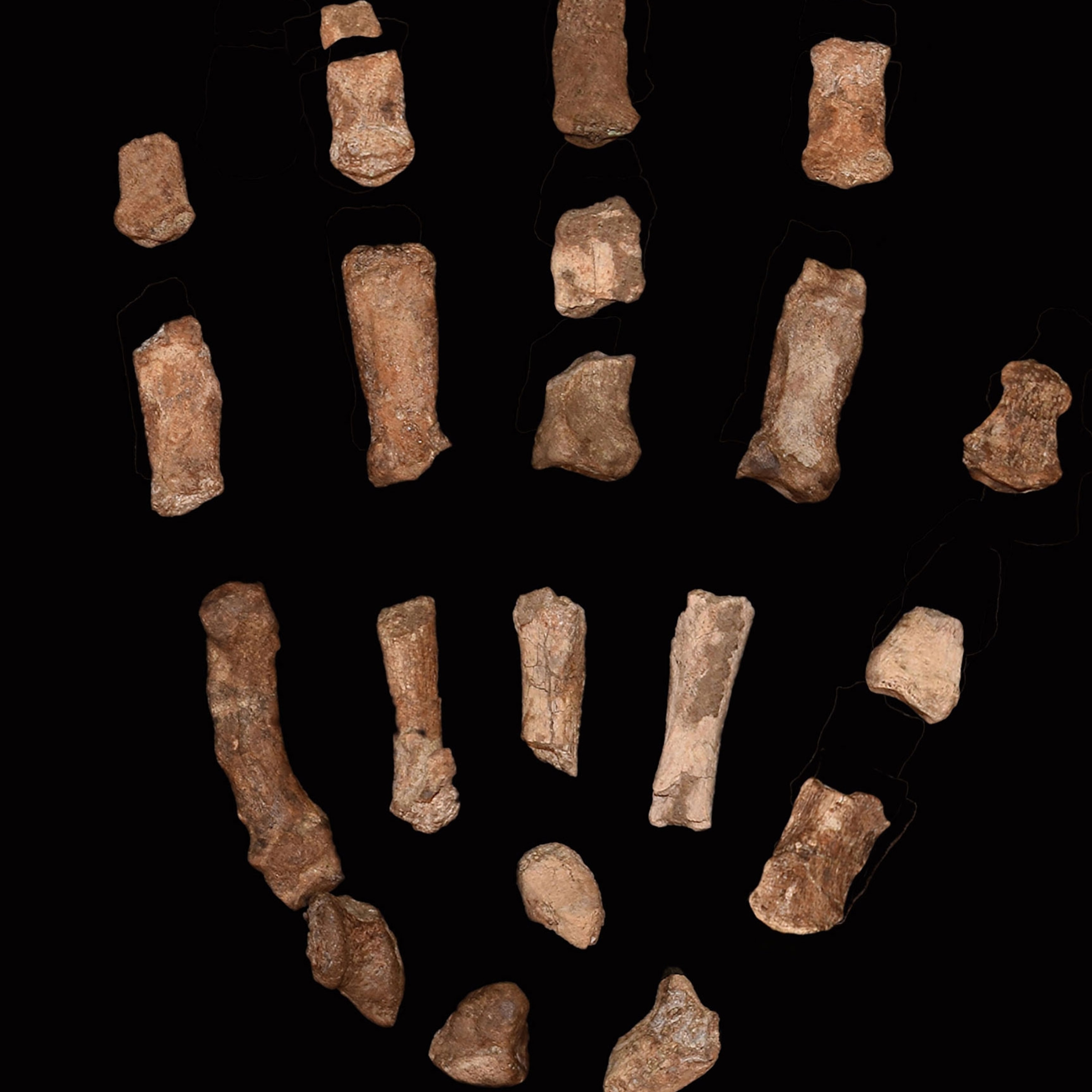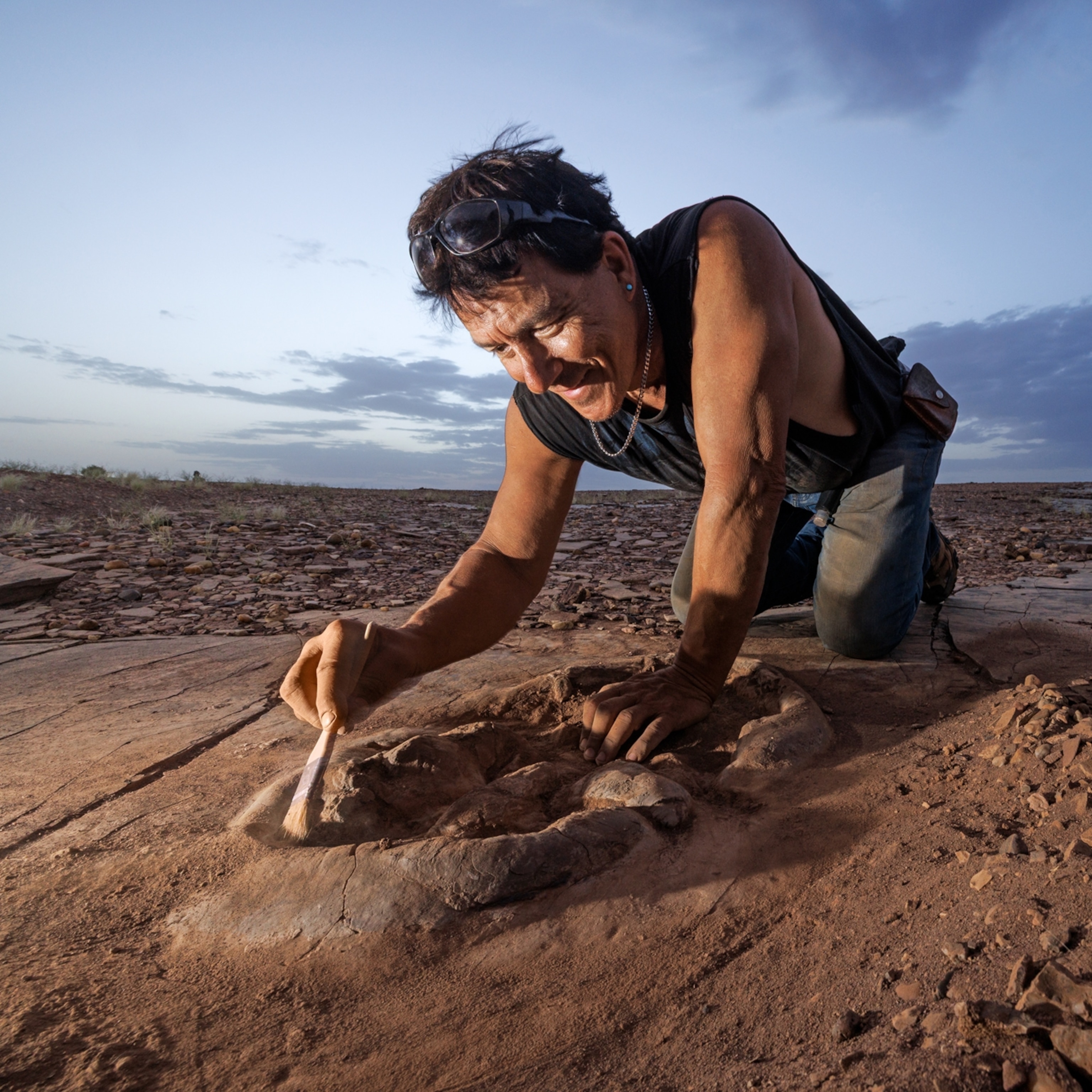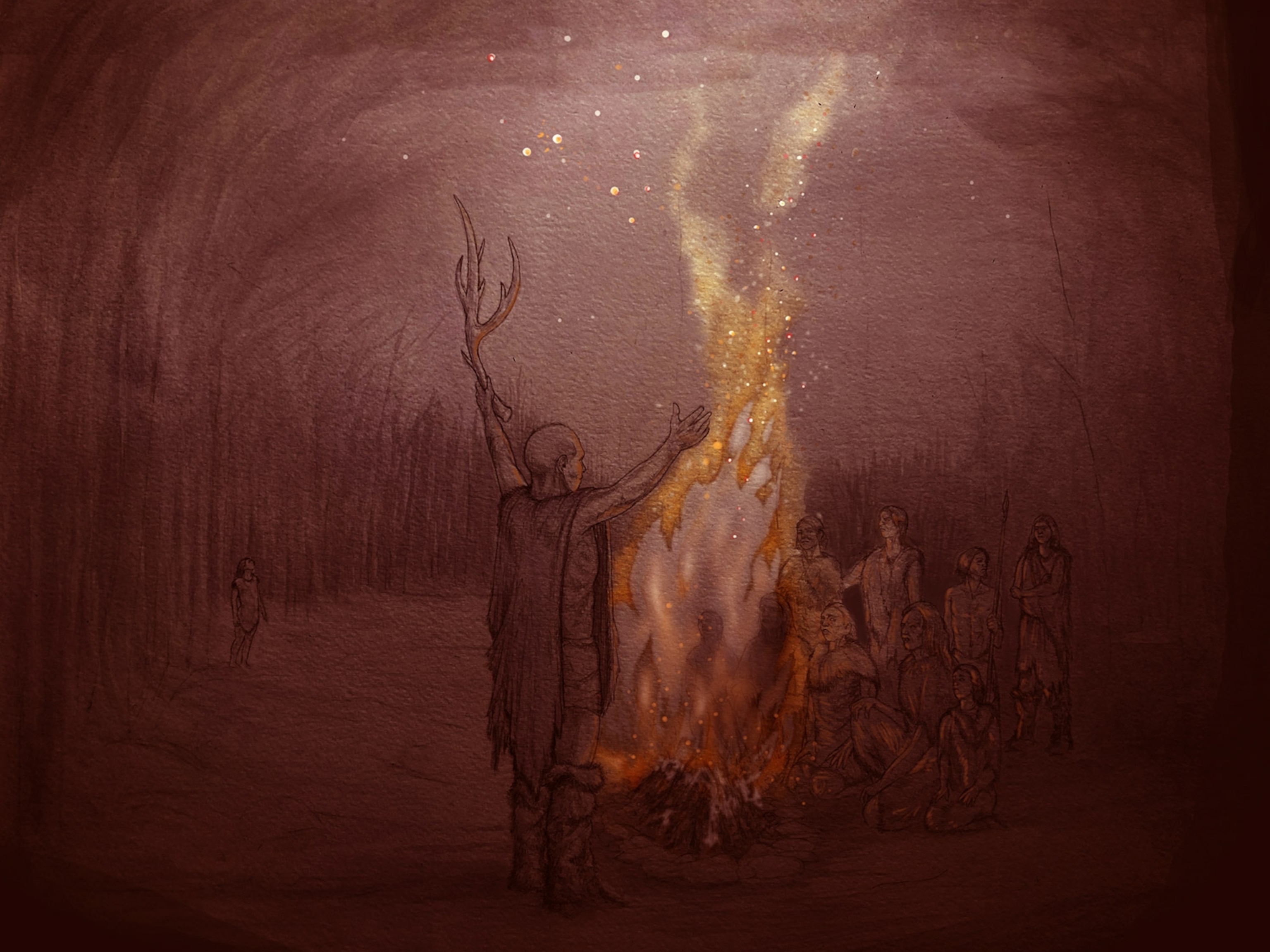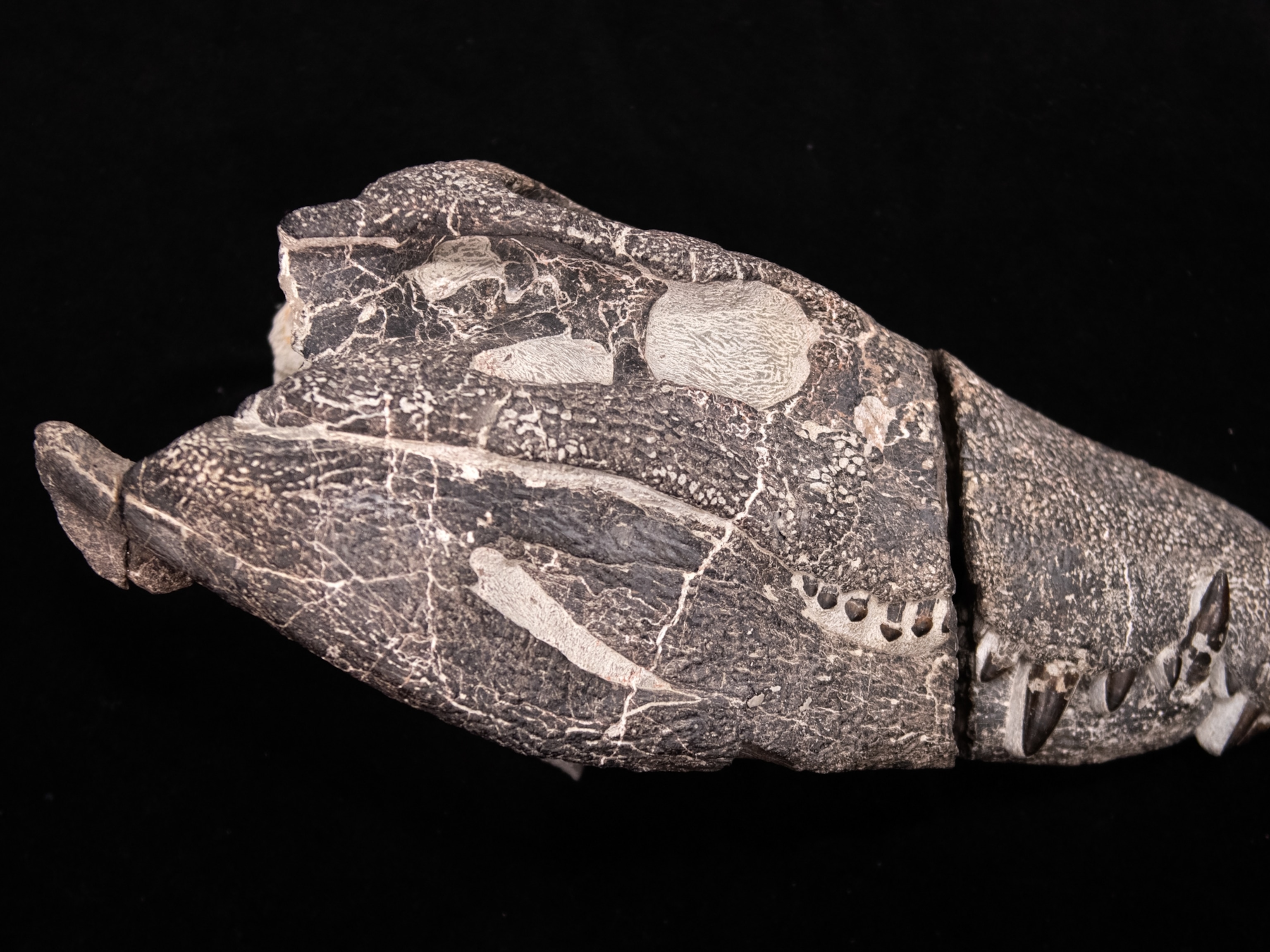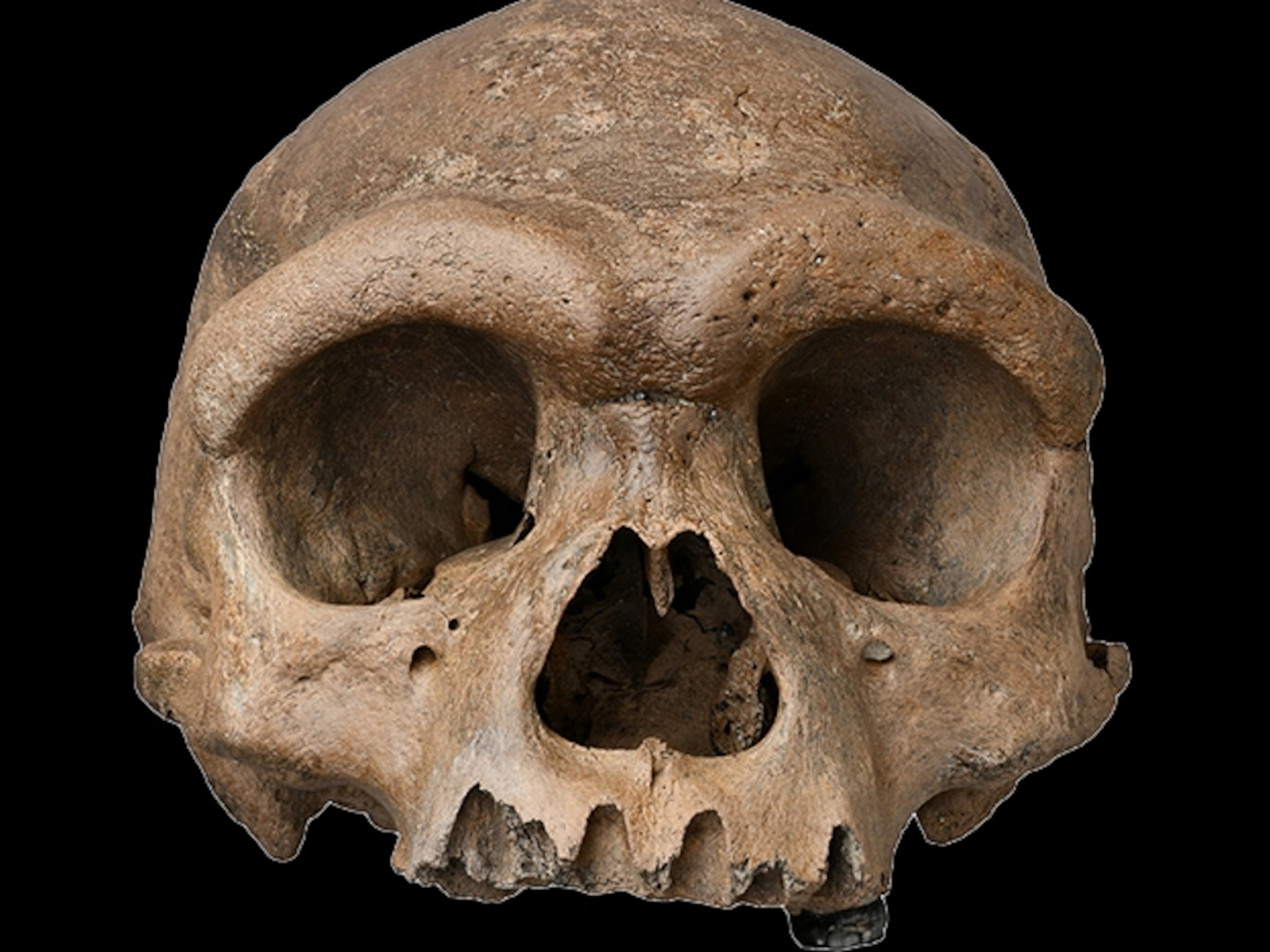
Richard Leakey, trailblazing conservationist and fossil hunter, dies at 77
From transforming the study of early humans to working to save the elephants, “he was a force to be reckoned with.”
National Geographic Explorer Richard Leakey, the paleoanthropologist and conservationist who built upon his legendary family’s discoveries to shape our understanding of human origins, died on January 2 at the age of 77. Beyond his scientific contributions, Leakey also helped save Africa’s elephants and fight government corruption in his native Kenya.
A swashbuckling, pugnacious real-life Indiana Jones, Leakey managed to cheat death many times—a childhood skull fracture, kidney and liver failures that required transplants, public beatings, and a plane crash—before passing away in his home outside Nairobi. No cause of death was given.
“He was Richard Leakey, man of action,” said family biographer Virginia Morell. “He couldn’t sit still. He always had to be doing something.”

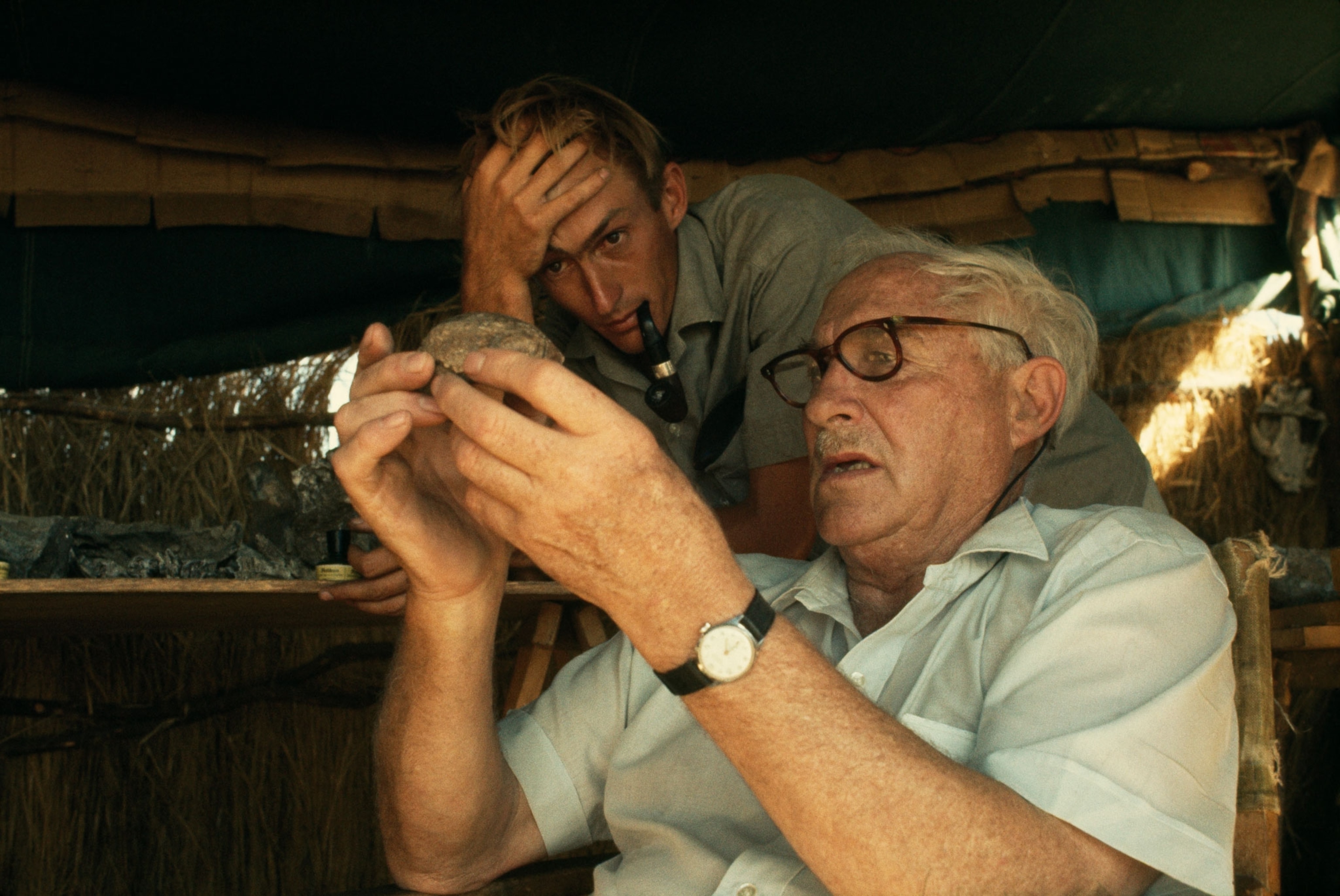
The second of three sons of famed fossil hunters Louis and Mary Leakey, he would first reject, and then embrace, their life’s work, ultimately making it his own. He later diversified into conservation and politics “to be seen as someone separate from his parents’ accomplishments,” Morell said. “He wanted his own.” He would earn renown for his diverse interests: In 1994, Leakey won the Hubbard Medal, the National Geographic Society’s highest honor, “for protecting the earth’s wildlife and illuminating the origins of humanity.”
“Richard was a deeply respected member of the National Geographic community for more than 60 years. We [have] long admired Richard’s unyielding passion to unlock the mysteries of our human origins—work that led to some of the most groundbreaking anthropological and paleontological finds of the 20th century, which shaped our modern understanding of human evolution. We also admired Richard’s equally fervent determination to protect Earth’s wildlife,” Jill Tiefenthaler, the CEO of the National Geographic Society, said in a statement. “Richard left a profound mark on us all and will be deeply missed.”
Born Richard Erskine Frere Leakey in Nairobi, Kenya, on December 19, 1944, the grandson of English missionaries, Leakey grew up scratching in the dirt of Olduvai Gorge in East Africa alongside his fossil-hunting parents. He was just six when he found his first fossil, the jaw of an extinct giant pig.

Despite his hands-on education, Leakey soon developed his trademark rebellious streak, dropping out of school at 16 to start a trapping business that sold wild animal skeletons to universities and museums. The young entrepreneur soon got his pilot’s license and began leading airborne photographic safaris for tourists.
Leakey gradually drifted back to his fossil-hunting roots, albeit on his own ground. Flying between Ethiopia’s Omo Valley and Nairobi in 1967, he looked down to see a large area of sedimentary rock on the shores of Lake Turkana. Leakey had a hunch about the basin below, and over the next 20 years, with funding from the National Geographic Society, he and his “Hominid Gang” of Kenyan fossil hunters proved that hunch right. Their treasure trove of artifacts came to rival and arguably surpass his parents’ discoveries.
“He made East Africa the central playing field for the study of human evolution,” said Lawrence Martin, director of the Turkana Basin Institute, which Leakey co-founded at Lake Turkana in partnership with New York’s Stony Brook University. “By good luck, good fortune, good organization, hard work, he really hit on a place that’s turned out to be the mother lode.”
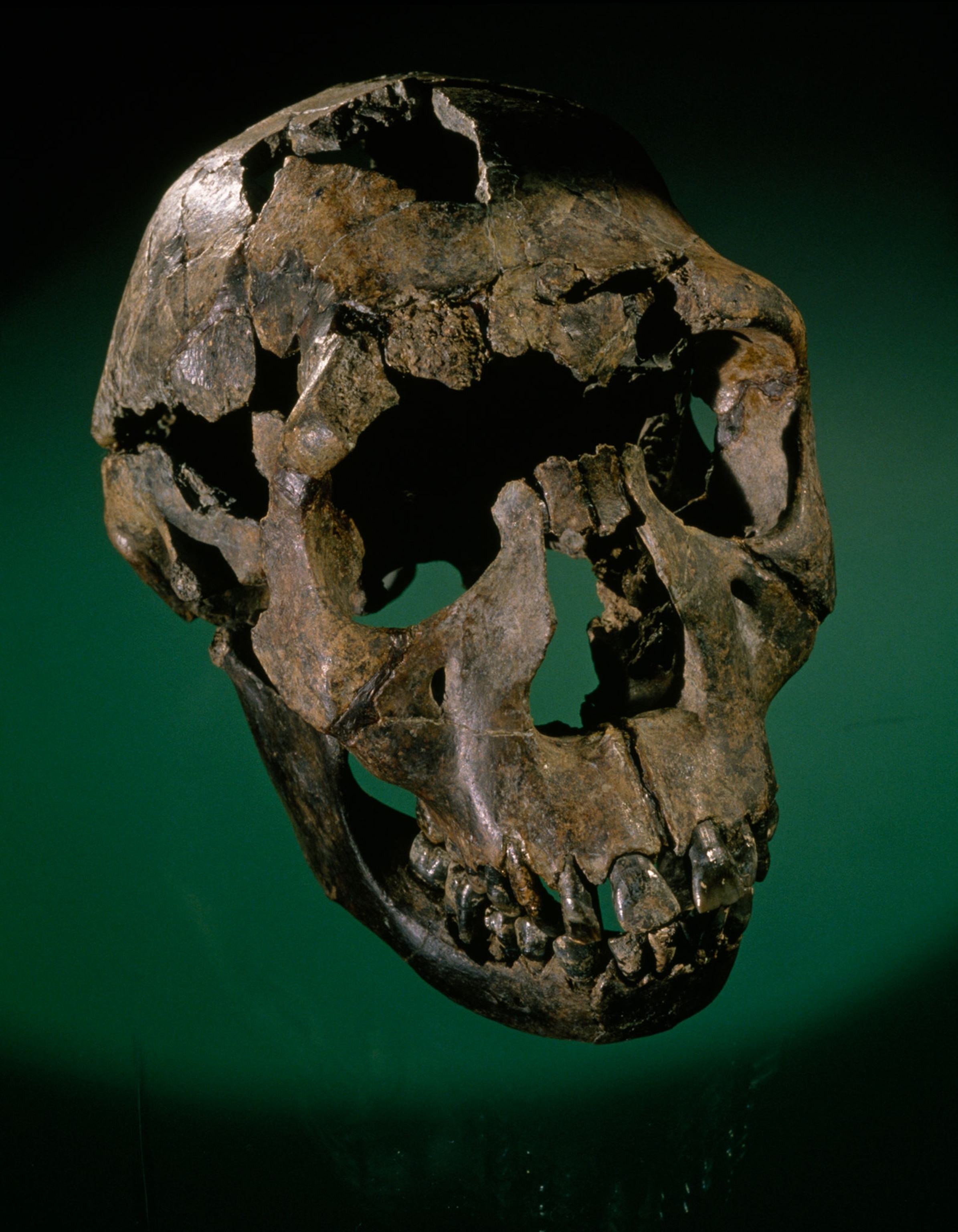
Leakey’s digs unearthed early Stone Age tools dating back 1.9 million years and the remains of early humans. By far his team’s most famous discovery came in 1984 at Nariokotome, in Kenya, when they brought to light the nearly complete skeleton of a Homo erectus, or Homo ergaster, youth who died 1.6 million years ago. “Turkana Boy” remains the most complete early human skeleton ever found and was the subject of a 2012 National Geographic special, Bones of Turkana.
“We began to realize with some clarity that we had made a remarkable discovery,” Leakey said.
At 25, now back in the family business, Leakey was appointed director of the National Museum of Kenya and worked over the next three decades to transform it into a world-class research institution. A proud Kenyan, he insisted that the country’s treasures stay in the country, a policy that “ruffled the feathers of a lot of older scientists who were used to coming to Kenya and doing what they wanted under colonial rule,” Morell said.

In 1970, Leakey married zoologist Meave Epps, who along with their daughter Louise would continue in the family fossil-hunting business long after he moved on. They, along with another daughter, Samira, and Anna, a daughter from Leakey’s first marriage, survive him. (Meave Leakey is a National Geographic Society Explorer-at-Large and received the Society’s Hubbard Medal in 2016.)
Leakey began a new career in 1989 when Kenya’s president, Daniel arap Moi, appointed him to head what would become the Kenya Wildlife Service (KWS). A passionate conservationist, he soon staged a huge bonfire with 12 tons of confiscated ivory in Nairobi National Park. The spectacle—and President Moi’s controversial orders that rangers shoot poachers on sight—helped save Kenya’s elephant and rhinoceros populations and led, for a time, to a ban on all ivory trade. It also prompted the international community to send hundreds of millions of dollars to Kenya for wildlife conservation.
None of this was done without making political enemies. In 1993, in what he suspected but never proved was sabotage, Leakey’s plane crashed after experiencing sudden equipment failure. Both of his legs were amputated below the knees.
Amid politically motivated charges of corruption at the KWS, Leakey soon resigned and decided to form his own opposition party, Safina. After waiting two years for official recognition and enduring constant government surveillance, death threats, and even a public whipping by Moi supporters, he was elected to parliament in 1997.
Leakey, who once remarked that “pressure probably suits me,” would endure more political ups and downs before leaving government in 2001. In 2015, Kenyan president Uhuru Kenyatta appointed Leakey as chairman of the board of the KWS, a position he served in for three years.
“On behalf of the people of Kenya, my family and on my own behalf, I send heartfelt condolences and sympathies to the family, friends and associates of Dr. Richard Leakey during this difficult period of mourning,” Kenyatta said in a statement. “May God the Almighty grant the soul of Dr. Richard Leakey eternal rest.”
In Leakey’s later years, in addition to working with the Turkana Basin Institute, he co-founded WildlifeDirect to save endangered species in the Democratic Republic of the Congo’s Virunga National Park and played a key role in Transparency International, a global organization dedicated to fighting corruption. Though he continued as a public lecturer, he spent more time on his farm near Nairobi, where he tended his vineyards and produced Pinot Noir and Chardonnay wines.
“His legacy is huge in many fields, not simply in the field of human evolution studies,” Morell said. “He was a force to be reckoned with.”
Editor’s Note: Michael Greshko contributed reporting. This article was updated on January 4, 2021, with a statement from Jill Tiefenthaler.

